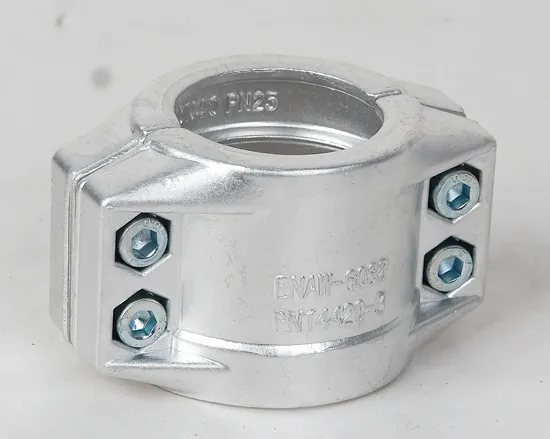Hose Clamp: Essential Tool for Secure Connections
2024-09-24
Hose clamps are simple yet vital components used in a variety of applications, from automotive to industrial settings. Understanding their purpose, types, and proper usage can help ensure the reliability and safety of your projects. Let’s delve into the world of hose clamps.
What Is a Hose Clamp?
A hose clamp is a device used to attach and seal a hose onto a fitting, ensuring a secure connection that prevents leaks. Typically made from materials like stainless steel, plastic, or zinc-plated steel, hose clamps are designed to withstand varying levels of pressure and environmental conditions.
Why Are Hose Clamps Important?
Hose clamps play a crucial role in ensuring fluid transfer systems operate smoothly. They help maintain the integrity of connections, preventing leaks that can lead to equipment failure, damage, or safety hazards. Properly secured hoses are essential in applications such as:
- Automotive Systems: Securing coolant and fuel hoses.
- Plumbing: Connecting water supply lines and drainage systems.
- Industrial Equipment: Managing fluid transfers in machinery.

Types of Hose Clamps
1. Screw-Type Hose Clamps
- Description: The most common type, featuring a metal band that tightens around the hose using a screw mechanism.
- Applications: Versatile and used in various settings.
2. Spring Hose Clamps
- Description: Made from spring steel, these clamps provide constant pressure and are often used in automotive applications.
- Applications: Ideal for high-pressure environments where a secure fit is crucial.
3. Wire Hose Clamps
- Description: Simple wire constructions that wrap around the hose and are twisted to secure it.
- Applications: Best for low-pressure applications and temporary connections.
4. Plastic Hose Clamps
- Description: Lightweight and resistant to corrosion, these clamps are suitable for specific applications.
- Applications: Common in garden hoses and low-pressure systems.
How to Choose the Right Hose Clamp
When selecting a hose clamp, consider the following factors:
- Diameter: Ensure the clamp fits the hose size properly.
- Material: Choose a material that can withstand the environment (e.g., corrosion-resistant for outdoor use).
- Pressure Rating: Select clamps rated for the appropriate pressure levels for your application.
- Ease of Installation: Some clamps are easier to install than others; consider your comfort level with installation methods.
Installation Tips
1. Clean the Surface: Ensure the hose and fitting are clean and free of debris.
2. Position the Clamp: Place the clamp approximately 1-2 inches from the end of the hose.
3. Tighten Evenly: If using a screw-type clamp, tighten the screw gradually and evenly to ensure an airtight seal without over-compressing the hose.
4. Check for Leaks: After installation, run the system and check for any leaks, tightening the clamp further if necessary.
Conclusion
Hose clamps may seem like simple components, but they are essential for ensuring safe and effective fluid transfer in various applications. By understanding the types available and how to use them correctly, you can enhance the reliability of your projects and prevent costly leaks or failures. Whether you’re working on a vehicle, a home plumbing project, or industrial machinery, the right hose clamp can make all the difference.


